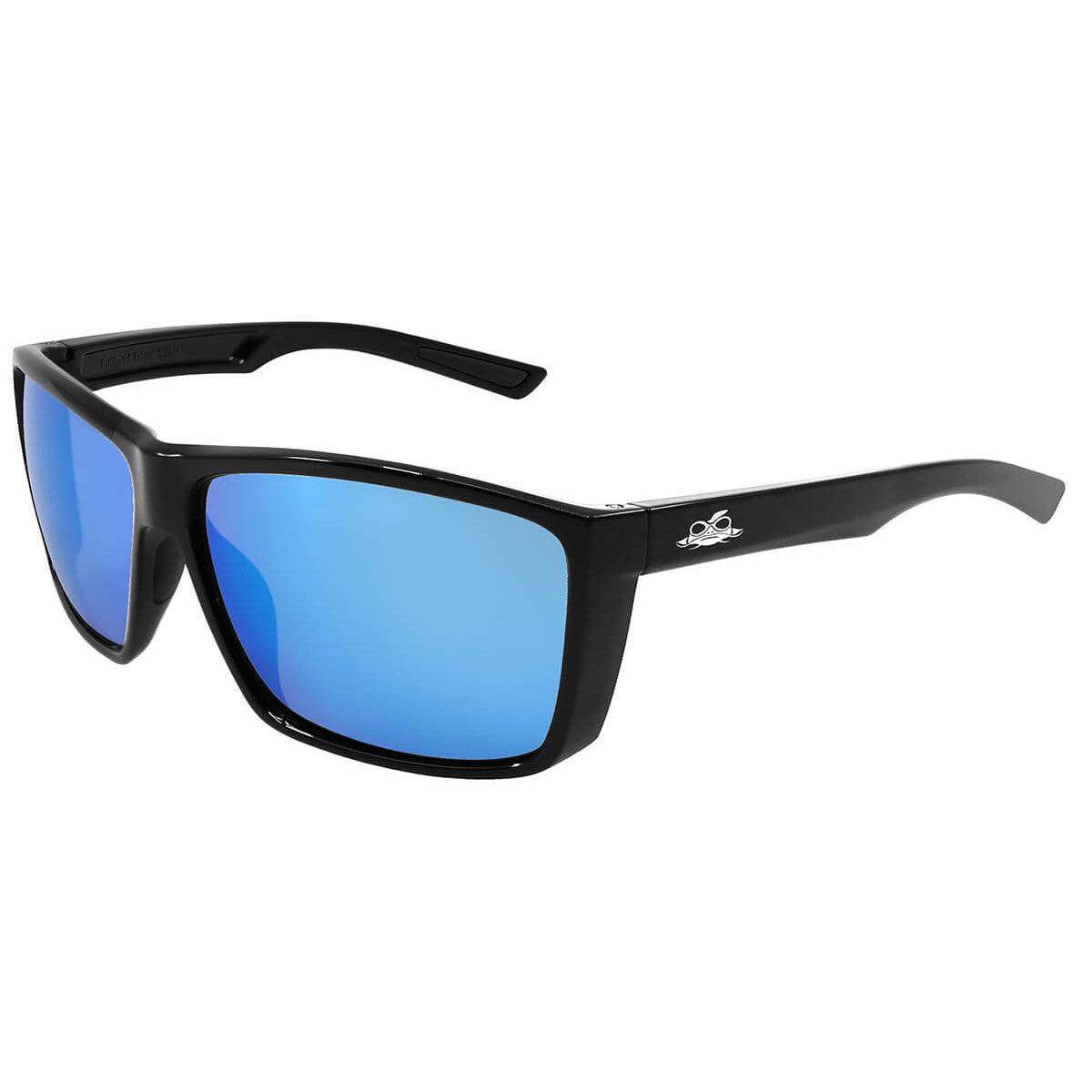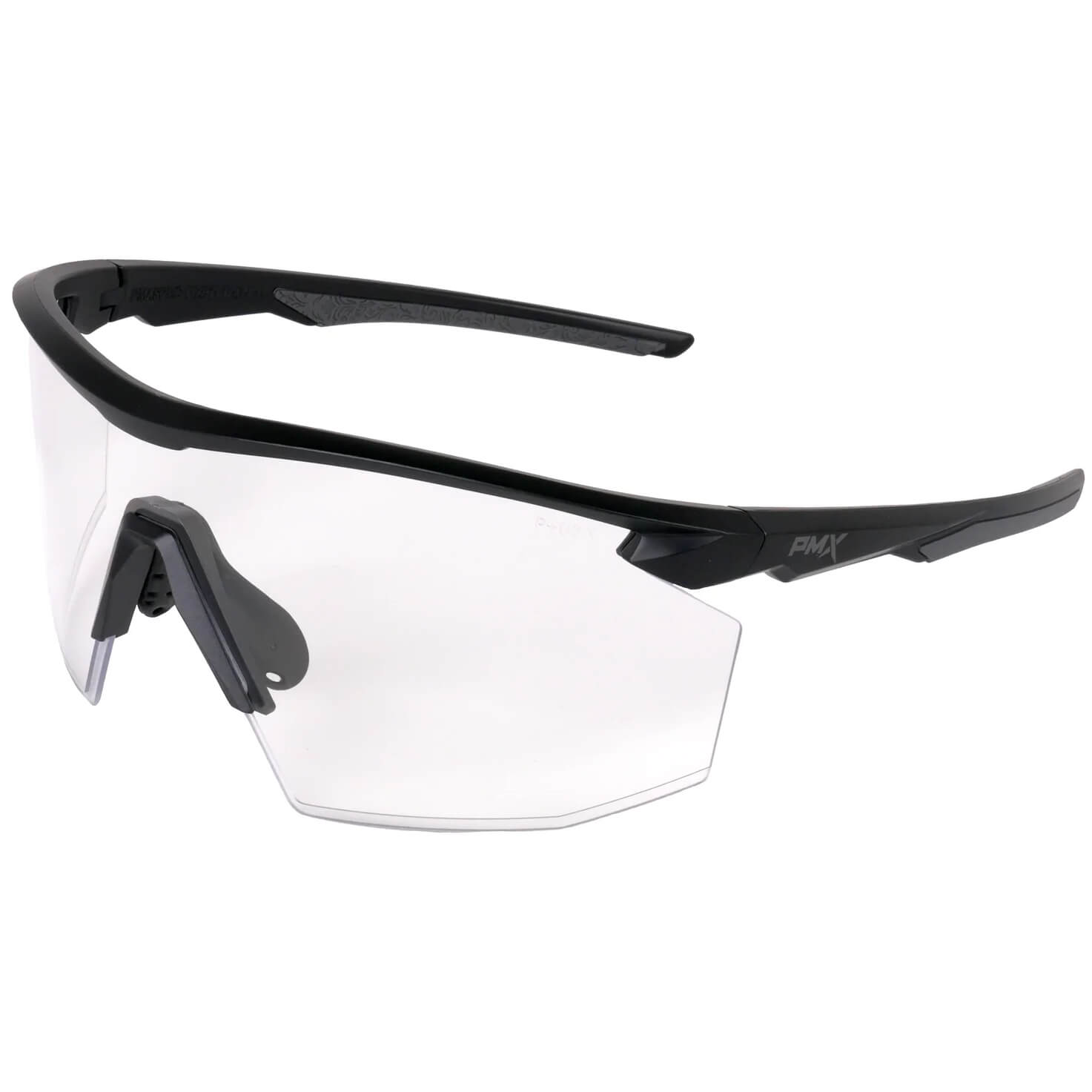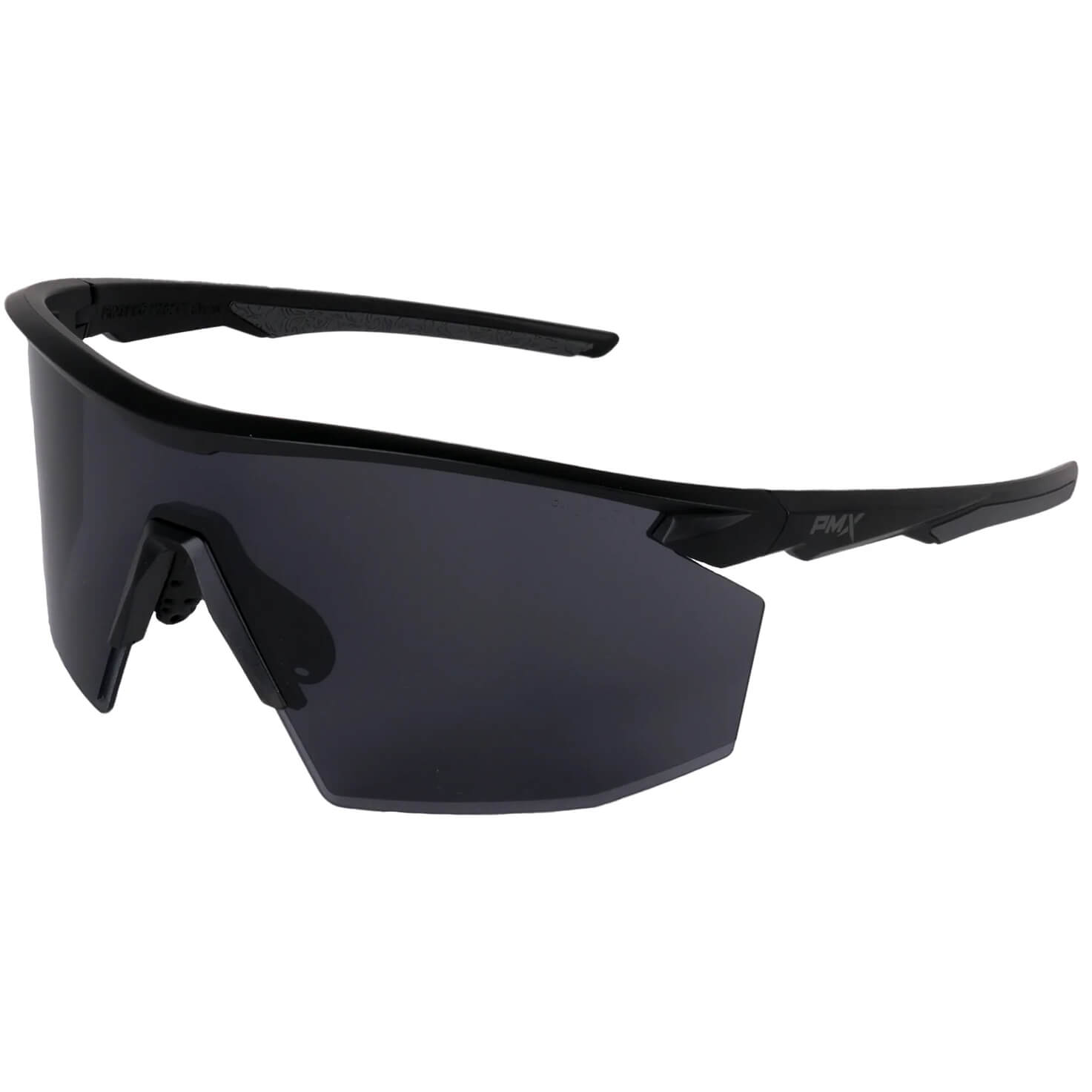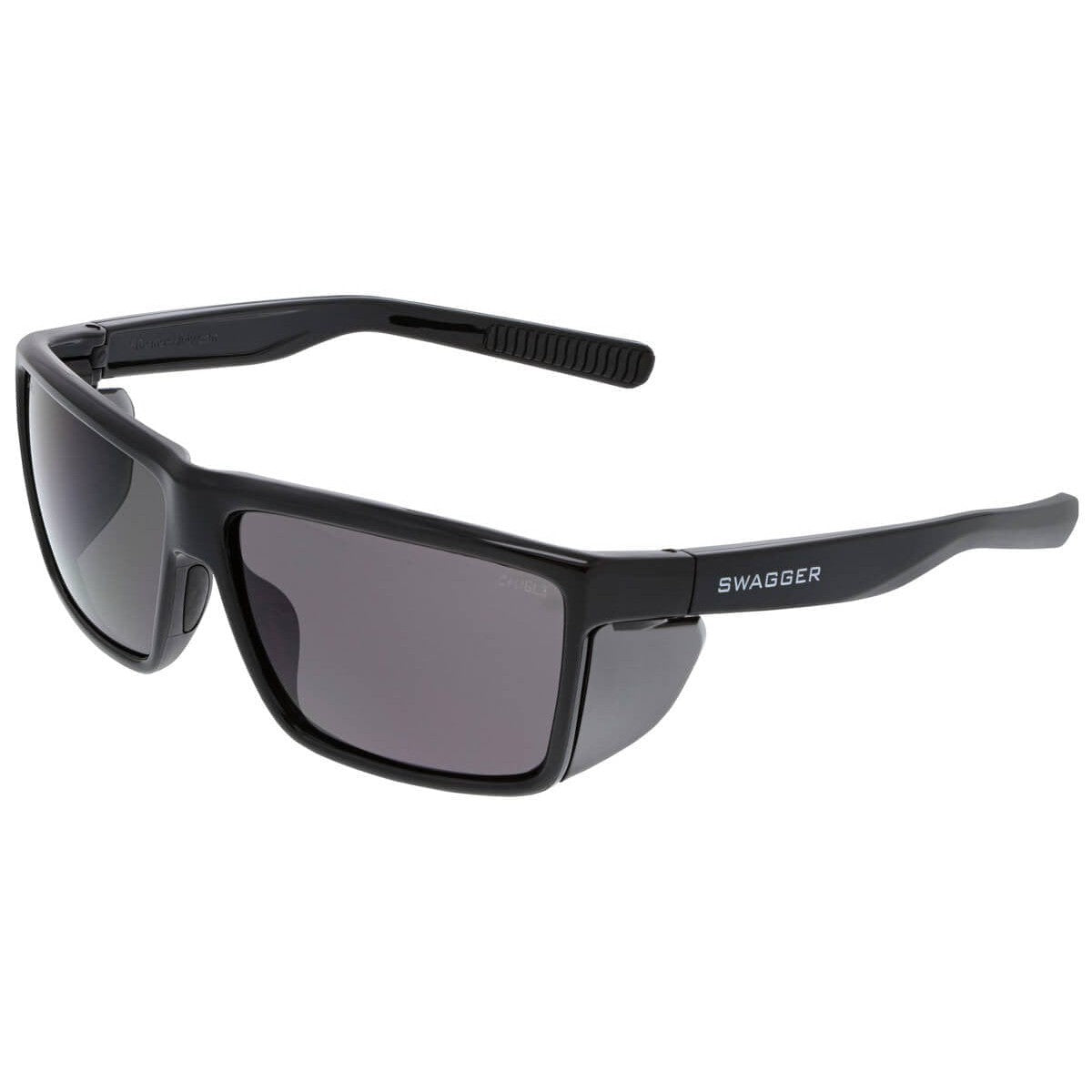What is digital eye strain?
Digital eye strain, also known as computer vision syndrome (CVS), happens when the eyes work too hard for too long viewing monitors, TVs, and computer screens. Caused by the way electronic displays work and a reduction in blinking during prolonged viewing, eyes feel strained and irritated. You may also develop temporary vision problems. Both children and adults who spend a lot of time on their screens show similar symptoms from CVS.
What are the causes and symptoms of CVS?
Focusing on an electronic display is more demanding than viewing a flat, two-dimensional surface like a piece of paper. Edges of games and computer graphics lack definition. Instead of solid contrast and bold edges, displays on electronic screens are shown in groups of pixels often described as "dots" on the screen. This makes focusing a constant struggle and, even if you aren't noticing it, causes eye strain.
CVS causes many annoying and distracting discomforts. These include:
- Dry or itchy eyes
- Blurred vision
- Sensitivity to light
- Double vision
- Headaches
Additionally, CVS can cause you to develop neck and shoulder pain from leaning forward or tilting your head while looking at a screen for long periods. Some people have also reported pseudo myopia, a temporary inability to focus on objects at a distance.
What are the effects of blue light?
Another element of CVS is the blue light emitted by electronic screens. Some blue light is normal and healthy for the eyes, and it even helps the body's circadian rhythms and cognitive memory functions.
However, the harsh blue light used in electronic screens is the only color on the spectrum that can reach all the way to the back of your eyes. Overexposure to blue light can cause irritating symptoms and long-term damage to your eyes.
Blue light has the shortest wavelength and, therefore, the highest energy. As a result, it makes the eyes work hard to focus on details on a screen. Blue light between 380 and 470nm is considered harmful, and beyond 450nm can be incredibly hard on the eyes.
Over time, some of the more severe problems caused by harmful blue light include damage to the retina and cataracts. In fact, recent studies linked blue light to the development of age-related macular degeneration and sleep disorders.
How can you prevent CVS?
Most of the symptoms of CVS simply distracting. But unfortunately, they also reduce productivity and enjoyment from time spent on electronic devices. Fortunately, there are effective ways to "Prevent & Reducing Eye Strain & Fatigue."
One of the most comfortable and efficient ways to avoid eyestrain from an electronic display is to take periodic breaks. Manufacturers of video game consoles recommend a ten-minute break for every hour of play. So next time you play your PlayStation or Xbox, walk around and rest your eyes from the screen's glare occasionally. At work, stand up and stretch every hour or so. Allow your eyes and brain a moment to recharge.
Additional ways to prevent and treat CVS include:
- Using eye drops to alleviate dry, itchy eyes
- Decreasing a display's brightness to reduce glare and headaches
- Increasing font size to avoid squinting
Limiting your exposure to blue light is also vital. This includes staying away from your phone or any screen at least 30 minutes before bedtime. Also, don't let it be the first thing you look at when you wake up. Instead, give your eyes time to adjust and your body time to soak in natural light. Limiting blue light not only helps reduce CVS symptoms but also helps prevent sleep disorders.
If these steps aren't enough to reduce or eliminate the impact of CVS and return your productivity, consider wearing prescription or non-prescription computer glasses and gaming eyewear.
Which lens tints work best for blocking blue light?
An amber lens offers the best contrast enhancement for visual performance while minimizing screen glare and diminishing the harshest parts of the color spectrum. In addition, this lens tint keeps 65% of harmful high-intensity blue light from reaching your eyes.
If you don't want a lens tint, a clear lens can offer a solid in-between solution for those who need a balanced color spectrum and protection from artificial blue light. For example, a clear lens on a pair of computer glasses blocks 35% of harmful high-intensity blue light from screens.







